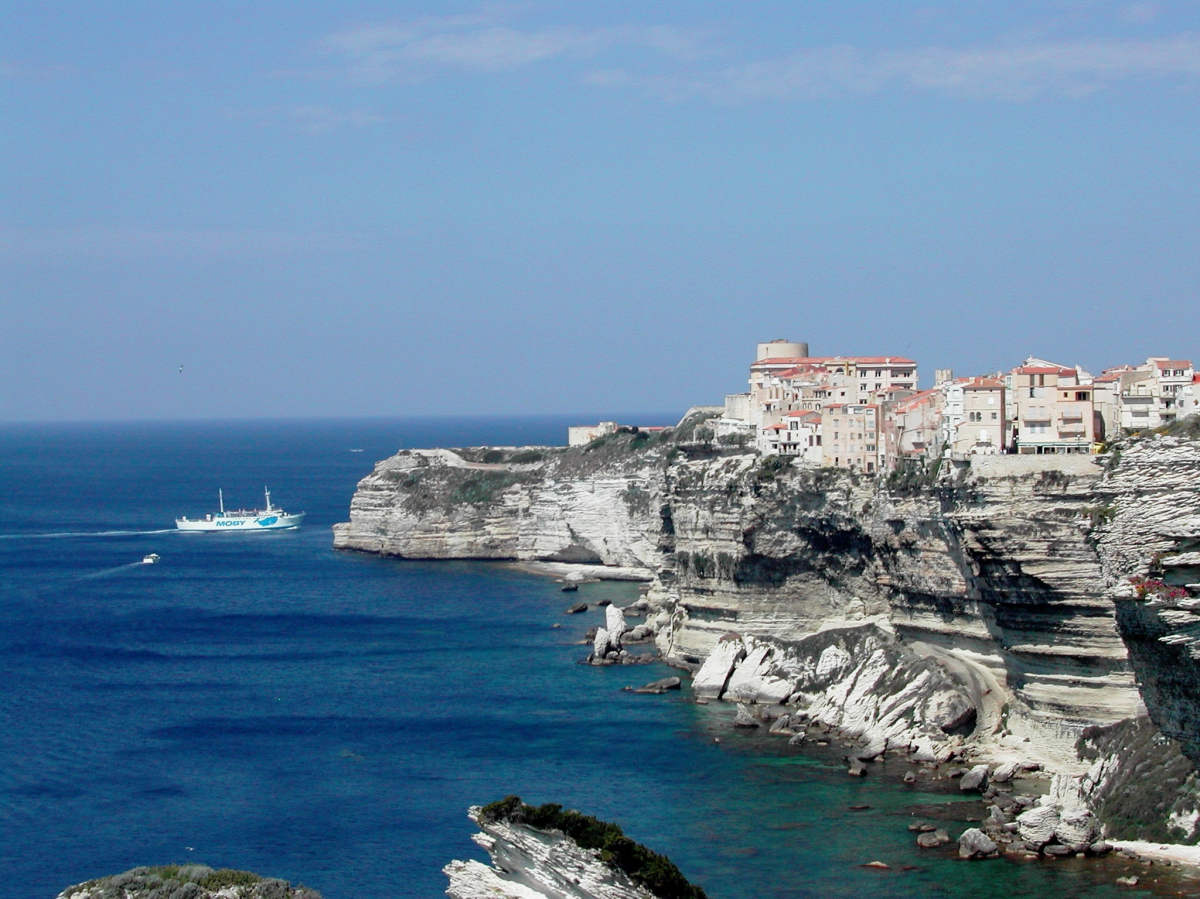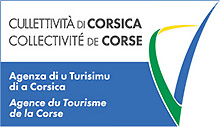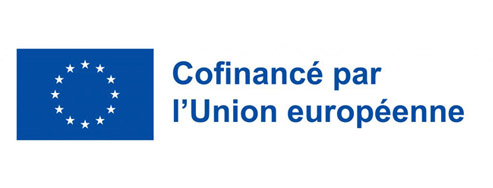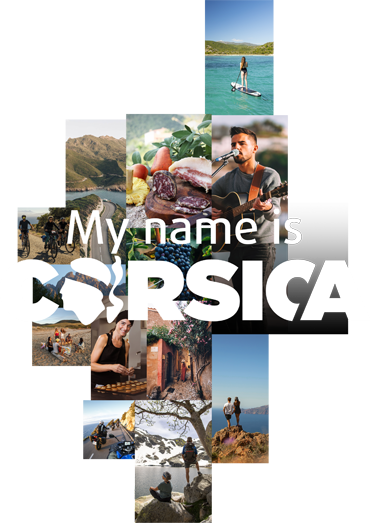Rechercher...
Explore Corsica
The Nature Reserves
Corsica is home to 6 nature reserves that cover and area of almost 83,500 ha.
 Crédit photo S.Alessandri
Crédit photo S.Alessandri
The Corsican Regional Nature Park manages the oldest of the island’s reserves, the Scandola Nature Reserve (1976), the Department of Haute Corse is in charge of the Biguglia Pond Nature Reserve (1994), and the Finocchiarola Association, which manages all the green spaces in the Pointe du Cap Corse area, is also responsible for the Iles Finocchiarola Nature Reserve (1987).
Whilst these reserves contribute greatly to the preservation of Corsica’s nature, they also provide a big economic advantage for the regions.
For the most part, the regulations in place do not lead to the areas becoming « sanctuaries », but do allow for activity in the sites to be adjusted in order to safeguard the site itself, as well as its flora and fauna.
Commercial fishing, controlled by legislation but permitted in Scandola as well as in the Bouches de Bonifacio, benefits from the protection and management that is in place.
In most cases the regulations do not result in“Sanctuary” but allows certain practices to be adapted to the sensitivity of the site, its fauna and flora.Professional fishing, regulated but authorized in Scandola as in the Bouches de Bonifacio, benefits from the protection and management measures undertaken, as do the marked trails around the nature reserves (ponds of Biguglia or Tanchiccia for example).
The reserve of Scandola
The Nature Reserve of Scandola covers 1,919 ha, of which 1,000 ha are at sea. Located in the heart of an area that is classified as a World Heritage Site, it is home to a landscape that is characterised by rocky volcanic outcrops that date back to the Palaeozoic era, as well as some remarkable Mediterranean marine and coastal ecosystems. Its classified status and its management have greatly contributed to the preservation of the Osprey.
Download the Scandola
brochure
The Iles Cerbicale
The Iles Cerbicale Nature Reserve (60 ha) guarantees the preservation of a particularly endemic type of flora and fauna. It forms part of the International Marine Park.
The Iles Finocchiarola
The Iles Finocchiarola Nature Reserve is Corsica’s smallest (3 ha). Located at the very tip of the Cap Corse, it provides a protected habitat for a colony of Audouin’s Gulls, the largest colony of these birds in Corsica. It is managed by an association that brings together the communes, the Departement of Haute Corse and the Coastal Conservation Agency.
Download the Finocchiarola brochure
Biguglia Pond
The Biguglia Pond Nature Reserve (1,752 ha) safeguards and manages Corsica’s principal wetland habitat, and is internationally recognised under the Ramsar Convention.
Download the Biguglia brochure
The Bouches de Bonifacio
The largest nature reserve in metropolitan France stretches out across 79,460 ha in the Bouches de Bonifacio to the south of the Mediterranean Marine Mammal Sanctuary (Pelagos) and in the heart of the International Marine Park that lies between Corsica and Sardinia. Within this classified landscape, visitors can find a cosmopolitan flora that blends alpine and North African influences. A large proportion of the population of the Mediterranean’s birds (cormorants, puffins, gulls…) come to the archipelago to breed. A great many marine species that are currently under threat have been able to find refuge in the reserve, such as the Ribbed Mediterranean Limpet and the Grouper
Download the Bouches de Bonifacio brochure
Tre Padule de Suartone
The most recently established nature reserve in Corsica, Tre Padule de Suartone has been added to this vast area of protected environments. Its 217 ha of Maquis scrubland are home to a great many temporary lagoons and seas that shelter some especially rare plant species.
Download the Tre Padule brochure


powered by cd-media.fr



